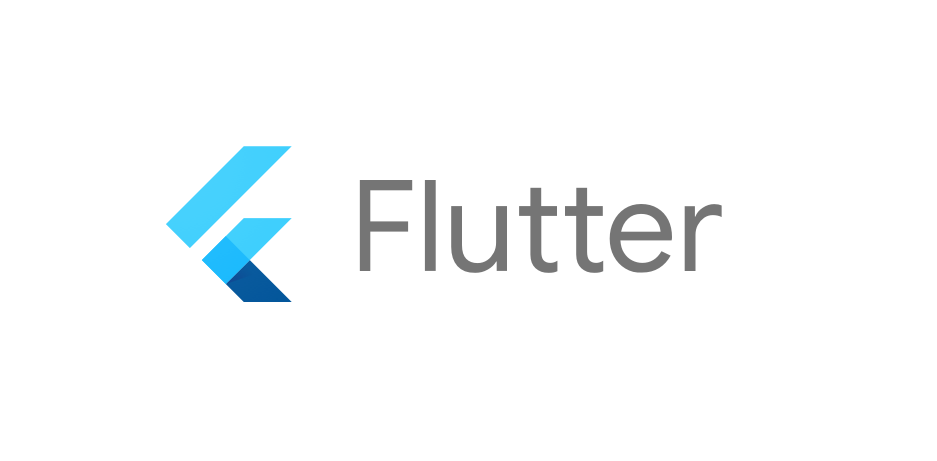Improving UI Development with Flutter

App development is a field that has undergone rapid progress over the last decade. As new technology enters the field, the preferred tech continues to grow and change. Today, I want to discuss one of the more recent development tools to enter the market: Flutter.

What is Flutter?
Flutter is an open-source, portable user interface (UI) toolkit developed by Google. It was created with the goal of building beautiful native applications for mobile, web, and desktop from a single code base.
Flutter apps are written in the Dart language because it is optimized for client development. The Hot Reload for Flutter is powered by the Dart Virtual Machine (VM), allowing developers to iteratively make changes and instantly see results in their apps. Dart also compiles to native machine code for mobile and desktop and Javascript for the web.
Though the first stable version of the Flutter framework was only released in December 2018, Flutter is already transforming the development market. In fact, according to a 2019 report published by LinkedIn, Flutter is the fastest-growing skill among software engineers today.
Developers at companies worldwide, including Google, Groupon, eBay, Capital One, and more, are creating their new apps with Flutter.
What’s New in Flutter?
Since its release in 2018, Flutter has already undergone several notable updates. The updates, including the most recent release of Flutter 1.22, have introduced or improved several vital features, further streamlining the system for developers.
Some of the most notable updates include:
- Google added support for integrating Flutter into existing Android and iOS apps, making it easier to convert to Flutter even if your app is already up and running.
- Google improved the Flutter add-ins for Visual Studio Code and Android Studio.
- A new suite of web-based tooling for debugging and inspecting Flutter applications has been created.
- Flutter has a library of widgets and classes for iOS apps that is continuing to expand.
- The supporting ecosystem for the framework has been built-out, with new packages being published for Google Maps, Firebase ML Vision, in-app purchases, WebView, and more.
- The most recent update adds support for Conditional UI.
Flutter is now working on expanding beyond mobile devices and into the web, Chromebooks, Windows, Mac, and Embedded form factors.

My Flutter Review
I have been working with Flutter for several months, and there are a lot of things I like about it. Some of my favorite aspects of Flutter include:
- Nearly-instantaneous Reload Time: One of the coolest things about Flutter is how quickly it reloads. If I change the code and save it, the update is evident on the display almost instantly.
- Easy External Package Addition: It is incredibly easy to add external packages (called widgets) in Flutter. External packages can be found on pub.dev. Once you find the package you want, you can save the file name under dependencies, and then the code will fetch the package for you. Once that is done, all you have to do is import it.
- Debugger Requires No Configuration: During my time working with React Native, I always felt like I was fighting with the debugger. However, with Flutter, the debugger works right out of the box, and you can quickly inspect the state of the widgets or API code at your convenience.
Overall, Flutter has been wonderful to use for app development, and I look forward to working with it more on future projects.
